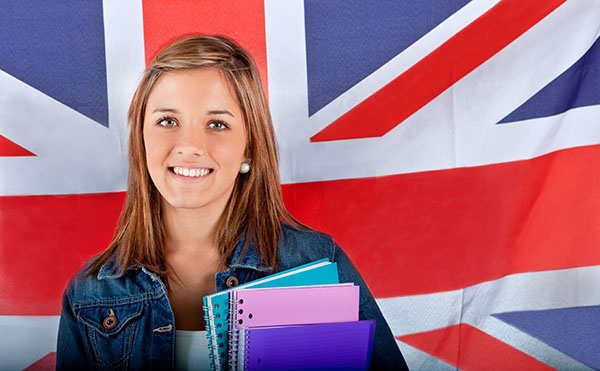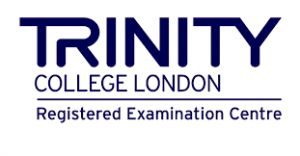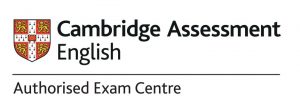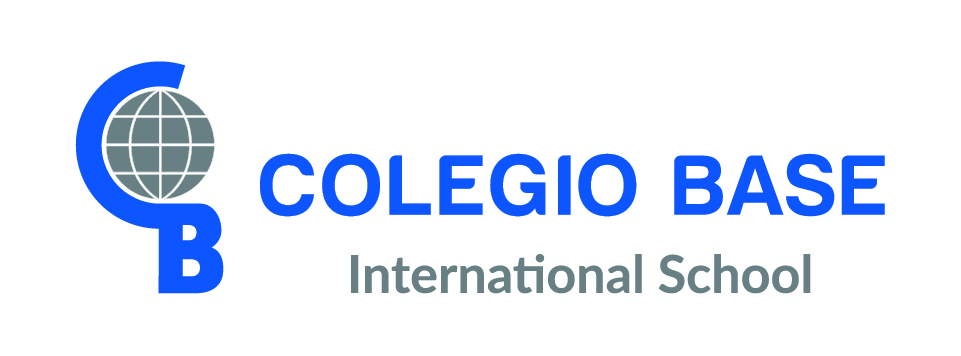
We consider it essential for the future of our students that by the end of their time at the school they are perfectly fluent in spoken and written English.
To do this, we work with our model of “English Immersion Courses” from Early Years Education to Baccalaureate. This method, developed by the school itself and implemented since 1986 is based on the Canadian experience of managing multilingualism. On the one hand, it means using English as the teaching language in different curriculum subjects and on the other, works the learning of this language with a fundamentally active and motivating methodology that facilitates natural language learning.
English is introduced in the Early Years of Education based solely on oral communication through songs, games and simulations of everyday life as well as being used for everyday classroom organization. It is used in 50% of the school day.
In Primary Education, these courses acquire a fundamental role, and therefore up to 50% of the school day is devoted to them. Since one of the key objectives is to enable students to achieve a high level of oral skill in the language, classes are taught mostly by native teachers. Their approach, as well as the design of the activities they carry out, focuses on the competencies needed for oral communication, which is achieved by creating an entertaining and motivating atmosphere and by the exclusive use of English in the classroom. From the 3rd year of Primary, literacy is also worked on in order to develop and promote written communication.
In Primary, English is used as the teaching language in different subjects. The goal is that at the end of the 6th year of Primary Education, students sit the Trinity College ISE I examination, equivalent to a B-1 level of the Common European Framework of Reference for Languages (CEFR)
In Secondary Education, 30% of school hours are dedicated to learning this language, working with the same methodological model of “immersion courses.” The aim at this stage is that students sit the Cambridge examinations according to the following scheme:
- 2nd Year of Secondary Education: Level B-2 of the Common European Framework of Reference for Languages. First for Schools.
- 4th Year of Secondary Education: Level C-1 of the Common European Framework of Reference for Languages. Advanced.
- 2nd Year of Baccalaureate. Level C-2 of the Common European Framework of Reference for Languages. Proficiency.


